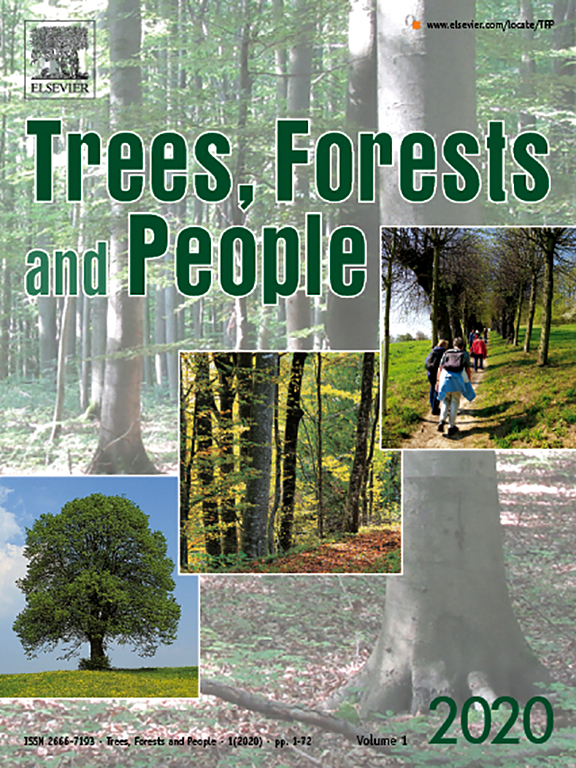With 1.5 million ha of bamboo forest, Vietnam ranks 4th among the world's largest bamboo producers. The bamboo sector has significant development potential in the context of national and international impacts to build a bio-economy and increase the use of biogenic renewable resources. The bamboo industry in Vietnam is considered to have great development potential, with a potential production value of USD 1 billion. However, a number of factors currently significantly limit this potential. For example, the bamboo resource is overexploited and mismanaged; the level of horizontal and vertical cooperation among actors in the Luong bamboo value chain is weak; the utilisation rate of material bamboo is low; high-value bamboo products have not been developed; and benefit sharing among chain actors is unequal. As chopsticks and votive paper are the most common semi-industrial products in Vietnam, this paper analyses the characteristics of chain actors and compares the financial and economic performance of different actors in the chopstick and votive paper value chain (VC) in Thanh Hoa Province. Data were collected through interviews with eight key informants, 12 bamboo producers, five traders, one votive paper company, one chopstick company and six focus group discussions. The results show that the utilisation rate of raw material in the chopstick VC is low at less than 20 %. The net profit per ton of finished product for the processing company is much higher than the net profit for the farmers and traders. The total value added is USD 182.5/ton in the chopstick VC and USD 244/ton in the votive paper VC. The value added by farmers and traders is very low (less than 10 % of the total value added). Possible options for promoting cooperation between chain actors and improving the performance of chain actors are discussed.
DOI:
https://doi.org/10.1016/j.tfp.2024.100563
Puntuación Altmetric:
Dimensiones Recuento de citas:


















